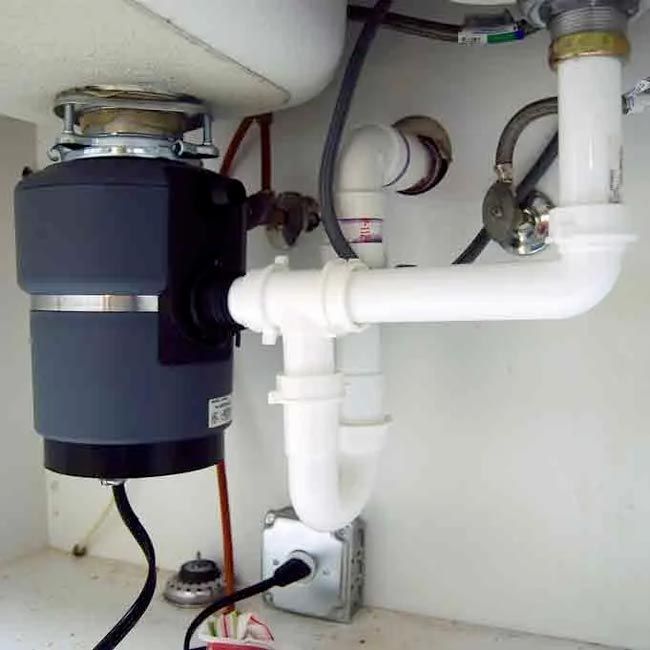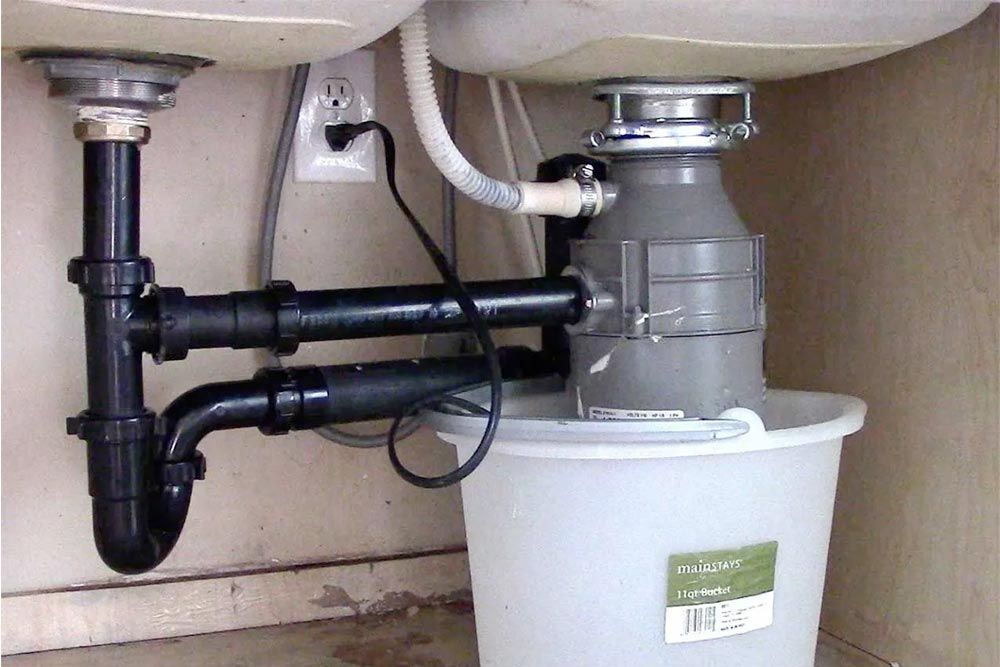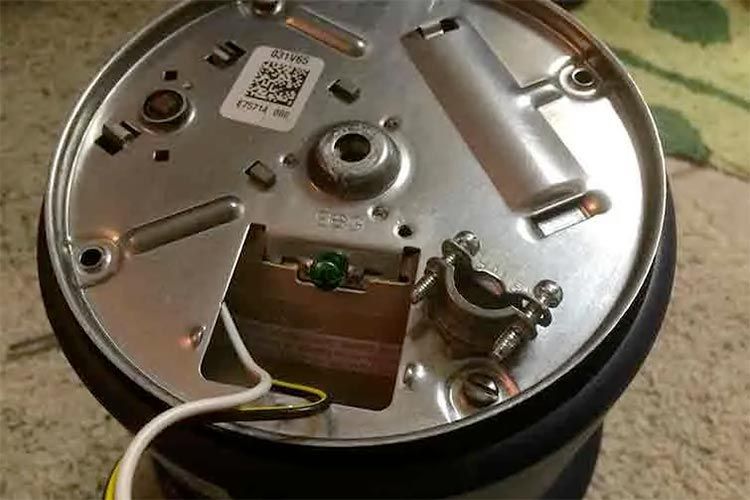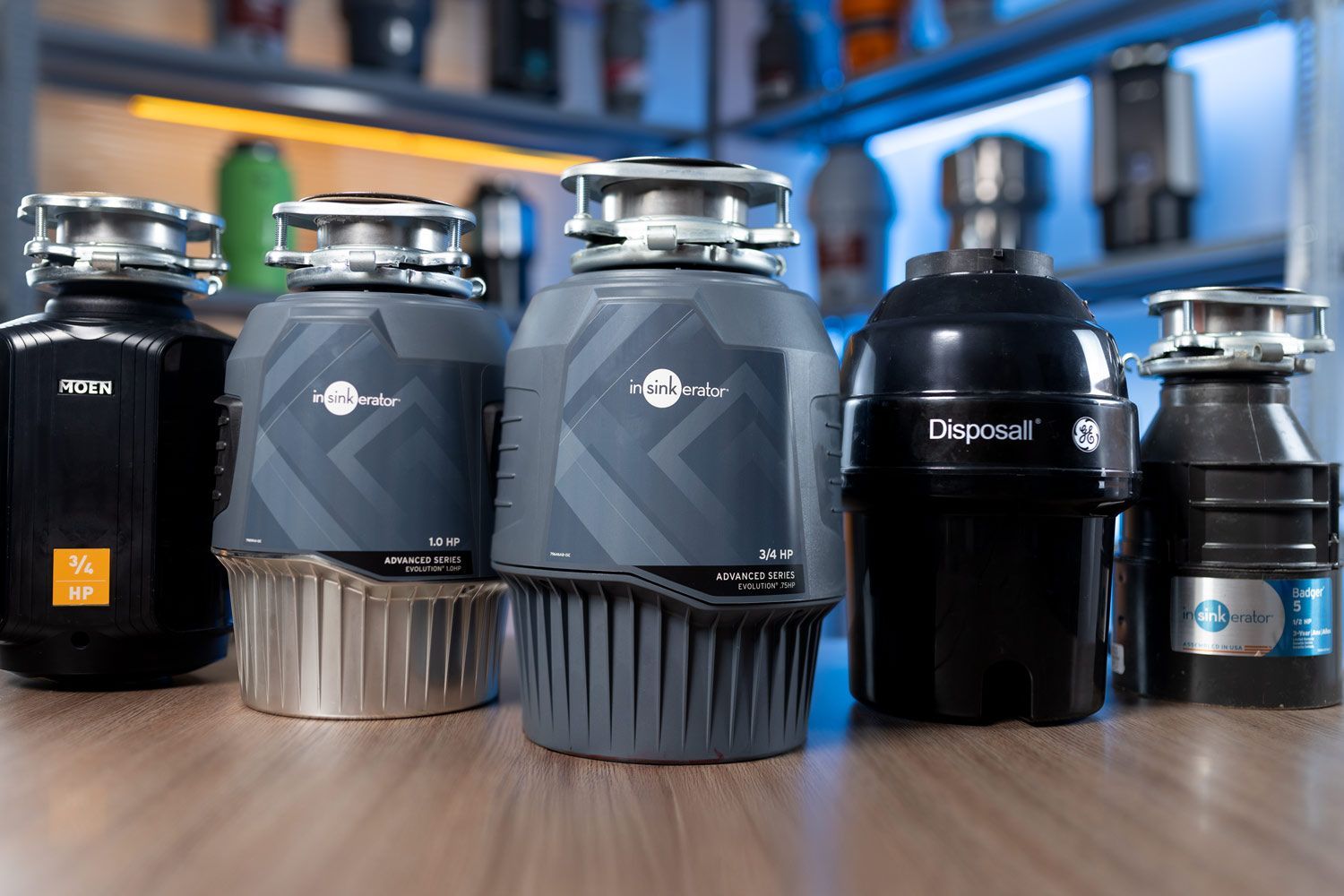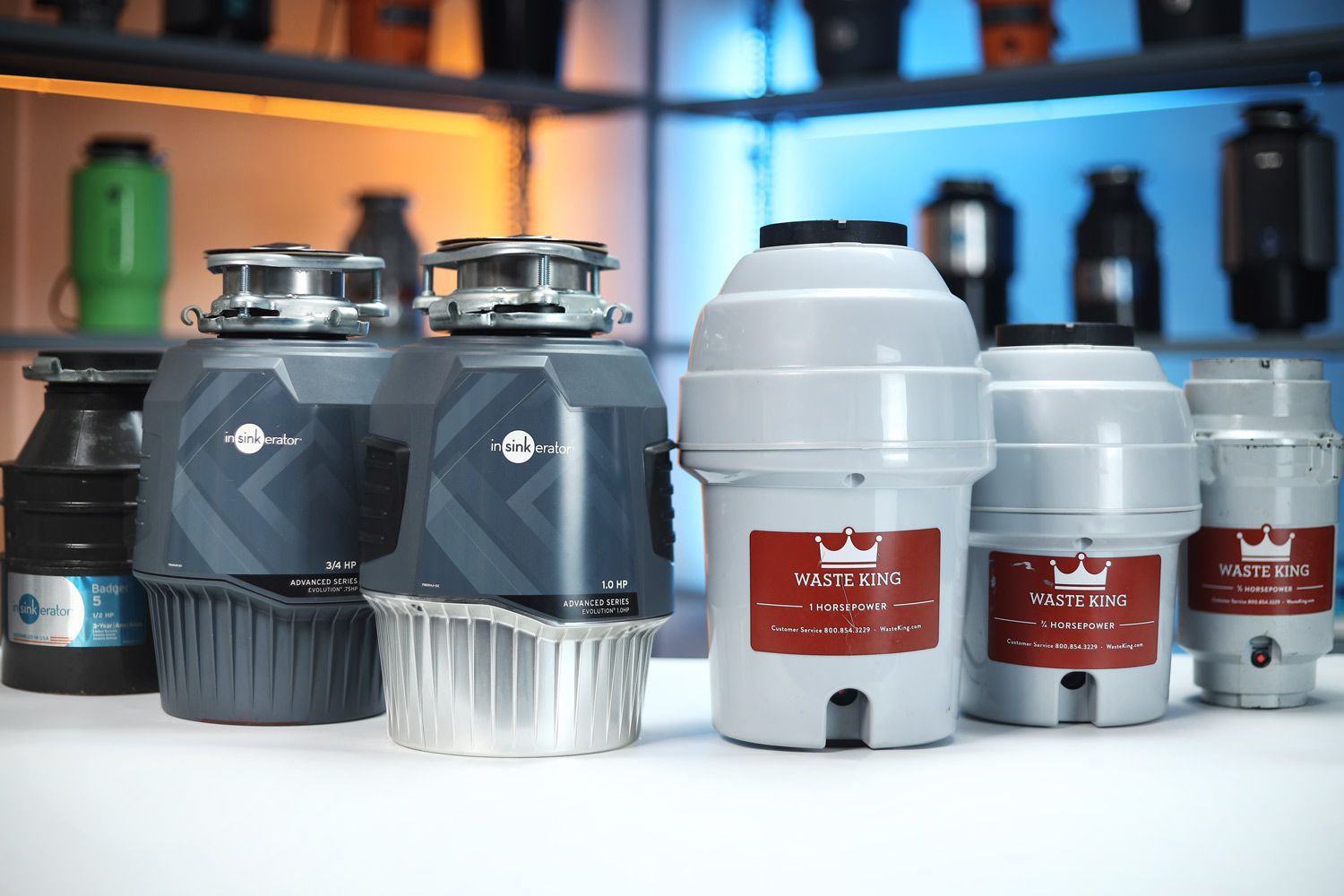Our recommendations are made independently. We may receive commissions from purchases made via our links.
Types of Garbage Disposal
There are actually two different types of garbage disposal on the market: continuous feed - a more common choice - and batch feed. They are different from each other in aspects of mechanics and price.
There are two different types of garbage disposal on the market: continuous feed— the more common choice— and batch feed. They are different from each other in aspects of mechanics and price.
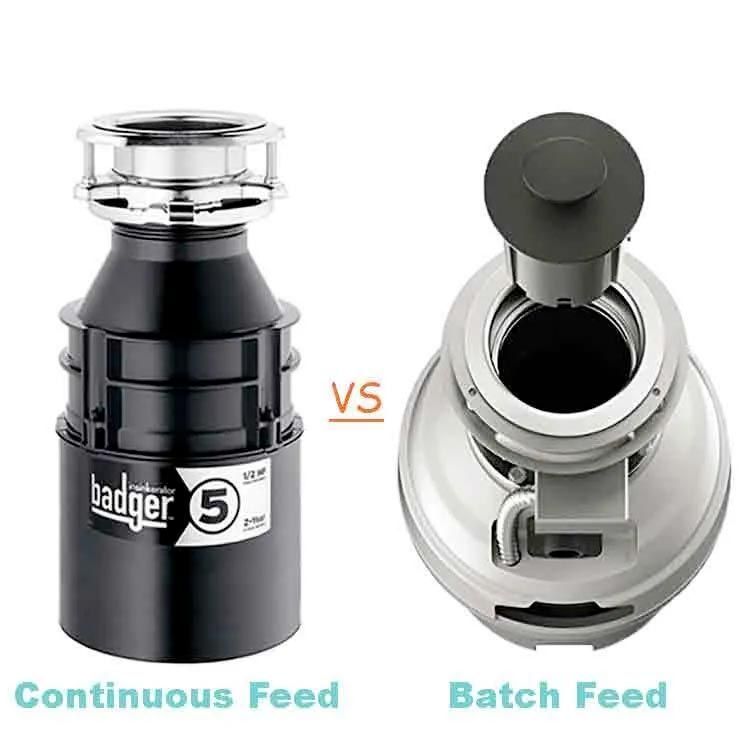
We should know which is which and how exactly are they different from each other. Only then may we make a decision that may be regretless in the years to come
Let’s get right to it!
If you're new, there are still a few more things about in-sink disposal that should be looked at. You can read more at things to know about garbage disposal.
Continuous Feed
As the name suggests, continuous feed disposers grind continuously.
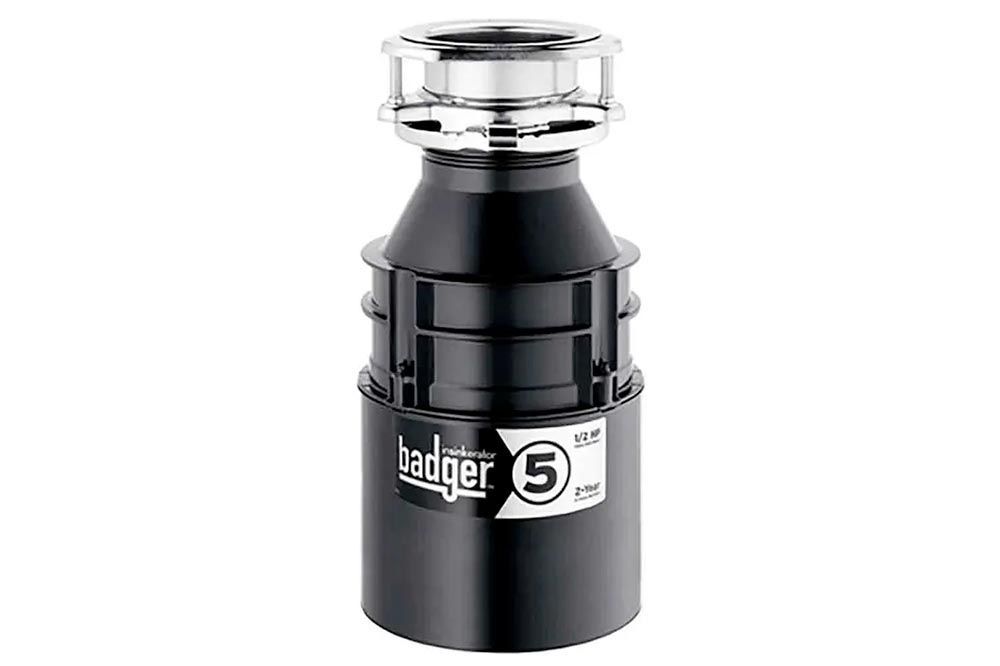
In other words, the machine will keep on running as long as you don’t switch it off. That way you can throw the food waste in piece by piece. This is particularly helpful when you’re preparing meals.
We know it does sound a bit obvious— like why would you do it otherwise? Why would you need batch feed?
It’s because continuous feed units have their strengths and weakness:
Pros:
- Best against an extensive amount of waste: it's best to divide the load into small parts and process them one at a time.
- Keeps an organized, clean-looking kitchen counter: when you’re prepping, there are food scraps. Instead of leaving them there, you can throw them down the sink as you work.
- Many models to pick and choose: continuous feed disposers are the first kind and more popular. The market for them is huge so manufacturers make them more than they make batch feed.
Cons:
- Prone to accidents: the drain is always open and the machine runs non-stop, so there's a chance that random objects fall into the grind chamber.
- Excessive use of water: it’s recommended by manufacturers that cold water should be kept running while the machine is working, so the water bill is something to keep an eye on.
- Harder to control power usage: continuous feed will run until you turn it off, so there might be moments that the power is not productive.
Batch Feed
Again, the name says it all. Rather than operating on and on once switched on, batch feed garbage disposals are activated in a different way.
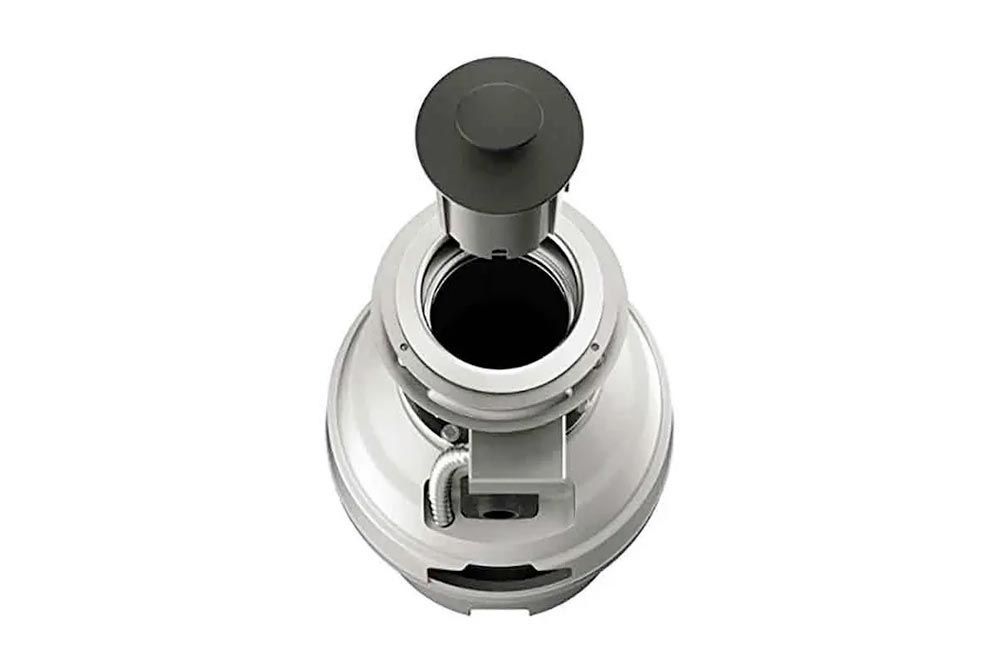
Most of batch feed will only run when the drain cover is in its place. With this mechanics, you can turn the machine on, fill the chamber up with unwanted bits and THEN start grinding by putting the drain cover in.
There should not be any concerns over foreign objects falling in either. If they do, somehow, fall in, simply reach in or use pliers or tongs to pick them out safely.
Apart from that, when you have only a small pile of waste, you really don’t need to keep the motor running on and on. Instead, the pile should be throw in and shred in one instance. Such method should reserve energy and water.
However, there are upsides, and there are downsides. We move on to the pros and cons summary.
Pros:
- The cover/ stopper protects! As mentioned earlier, there is literally no chance of accidental crushing thanks to the safety feature.
- Control over power/ water usage. Clearly, resource management should be easier. You only need to smoothen the occasional process with water for that one time, unlike continuous feed.
Cons:
- More expensive. Because the type lets and suggests you stuff the chamber before grinding, the motor have to be stronger to deal with a batch of stuff in one go. Plus, a noise-suppressive system is needed to deal with the loud buzzing.
- Possible health hazard. It seems ideal sometimes to wait until the chamber is full before running the machine. That means small amount of not-yet-time-to-grind garbage may sit in overnight or days, which may spawn bacteria.
